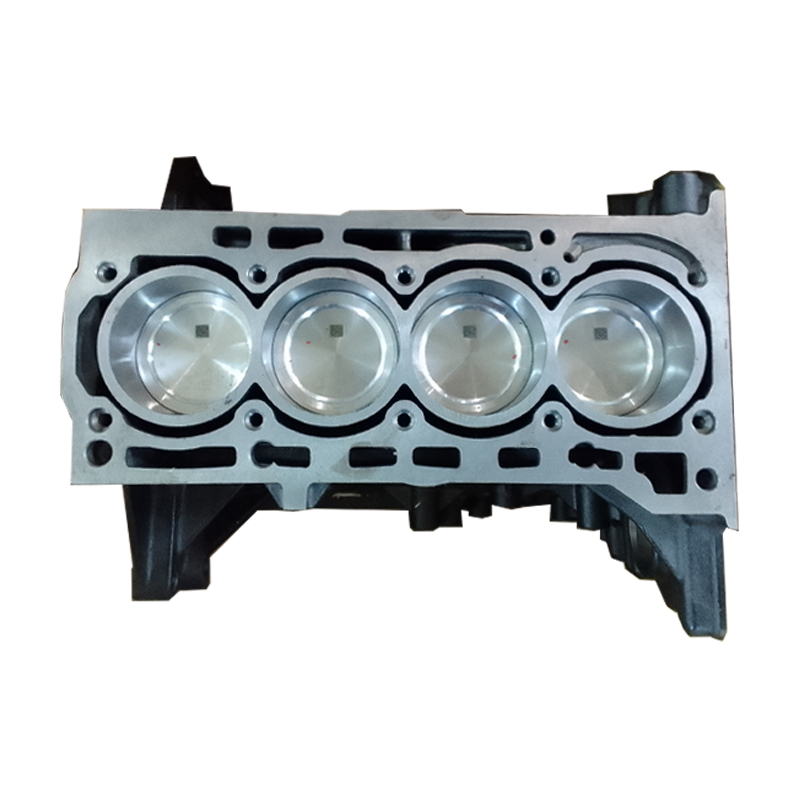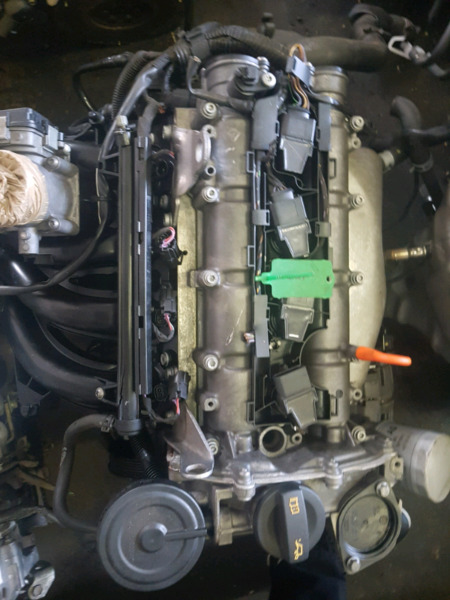Prevent operational issues with a well-tuned clp engine.
Prevent operational issues with a well-tuned clp engine.
Blog Article
Just How a Clp Engine Can Enhance Efficiency in Different Industries
The advent of CLP engines notes a considerable shift in functional efficiency throughout various markets, driven by their ability to maximize fuel intake and reduce downtime. Industries such as production and logistics stand to acquire substantially from their robust style and consistent power outcome, which promise to enhance operations and improve performance. As organizations progressively focus on sustainability alongside effectiveness, the duty of CLP engines ends up being a lot more critical. What stays to be seen is just how these advancements will shape the future landscape of commercial operations and their influence on broader economic patterns (clp engine).
Review of CLP Engines
CLP engines, or Continual Liquid Propellant engines, stand for a substantial innovation in propulsion modern technology, especially for area applications. These engines utilize a continual feed system that enables the sustained expulsion of propellant, resulting in enhanced performance and performance compared to typical strong or hybrid propulsion systems. By maintaining a consistent circulation of liquid propellant, CLP engines can achieve more exact thrust control, which is crucial for steering spacecraft in different mission circumstances.
The design of CLP engines integrates innovative materials and innovative gas management systems. clp engine. This causes decreased weight and increased dependability, important aspects for long-duration area objectives. Additionally, the constant procedure lessens the danger of burning instability, a typical obstacle in traditional rocket engines.

Benefits in Production
The production of Continual Fluid Propellant (CLP) engines provides a number of noteworthy advantages that enhance both efficiency and cost-effectiveness. Among the primary benefits is the streamlined manufacturing procedure, which minimizes the intricacy connected with conventional propulsion systems. By utilizing fluid propellant, suppliers can attain better precision in engine performance, leading to maximized power outcome and reduced waste.
In addition, CLP engines promote a higher degree of modularity, enabling simpler assimilation right into numerous production lines. This adaptability can significantly decrease lead times and enhance overall functional versatility. Using CLP modern technology likewise tends to decrease the requirement for extensive upkeep due to fewer relocating parts, which converts into lowered downtime and operational prices.

Applications in Logistics
Leveraging Constant Liquid Propellant (CLP) engines in logistics provides considerable advantages in functional effectiveness and integrity. These engines give a durable remedy for numerous transport demands, making it possible for the smooth activity of products throughout substantial ranges. The integral layout of CLP engines enables for constant power outcome, which translates right into smoother and extra foreseeable transport routines.
Among the crucial applications of CLP engines in logistics is in heavy-duty freight transport, where they can drive both ground and airborne automobiles. Their capability to maintain high efficiency under differing tons conditions guarantees that delivery timelines are fulfilled, consequently improving customer satisfaction. In addition, CLP engines can be integrated into automated logistics systems, helping with real-time monitoring and maximizing route preparation.
Furthermore, the toughness of CLP engines decreases upkeep downtime, enabling logistics companies to optimize their operational capabilities. This is specifically useful in warehousing operations, where effectiveness in dealing Check This Out with and transporting products is crucial. As logistics proceeds to develop, the assimilation of CLP engines represents a forward-thinking strategy that not only boosts performance yet also sustains the industry's growing needs for dependability and rate.
Effect on Energy Effectiveness
Just How do Continuous Fluid Propellant (CLP) engines boost energy effectiveness in transport? CLP engines utilize a regular flow of liquid gas, optimizing combustion procedures and keeping a stable thrust result. This design reduces power losses associated with conventional combustion engines, where gas distribution can vary and result in inadequacies.
The continuous operation of CLP engines permits an extra reliable thermal cycle, resulting in higher certain impulse contrasted to conventional engines. clp engine. This translates to minimized gas intake for the very same amount of work done, considerably reducing functional prices throughout various transportation industries, including air travel and maritime markets
In addition, the capacity of CLP engines to keep optimum efficiency under differing lots problems decreases the demand for constant velocity and slowdown, better boosting gas performance. Boosted power efficiency not only contributes to cost savings however likewise causes reduce greenhouse gas discharges, lining up with worldwide sustainability goals.
Future Trends and Innovations
Emerging advancements in Continuous Fluid Propellant (CLP) engine innovation pledge to transform the landscape of click to read transportation efficiency and sustainability. As sectors pivot towards greener options, CLP engines stand at the leading edge, integrating innovative products and layout methods that enhance performance while decreasing ecological impact.
One of one of the most appealing patterns is the adoption of crossbreed systems that integrate CLP engines with renewable resource resources. This synergy can maximize fuel consumption and lower discharges, aligning with global sustainability goals. Moreover, developments in computational liquid characteristics (CFD) are facilitating the layout of even more aerodynamically effective engines, leading to lowered drag and enhanced gas effectiveness.
Furthermore, the growth of smart surveillance systems is readied to boost operational effectiveness. These systems leverage data analytics and IoT modern technology to optimize engine efficiency in real-time, ensuring that the engines operate within their most reliable parameters.
As research study proceeds to explore different propellant formulations-- such as biofuels and artificial gas-- the future of CLP engines looks appealing. By using these innovations, markets can not just improve their efficiency yet additionally contribute substantially to a cleaner, much more sustainable future in transportation.
Verdict
Finally, CLP engines represent a considerable innovation in efficiency across several markets. Their capacity to maximize fuel usage and lower functional see this here costs, combined with a continuous feed system, improves power outcome and functional dependability. The assimilation of innovative products and less moving parts minimizes maintenance requirements, while alignment with sustainability goals positions CLP engines as a critical innovation for the future. Continued development in this field guarantees additional enhancements in effectiveness and ecological performance.
Report this page